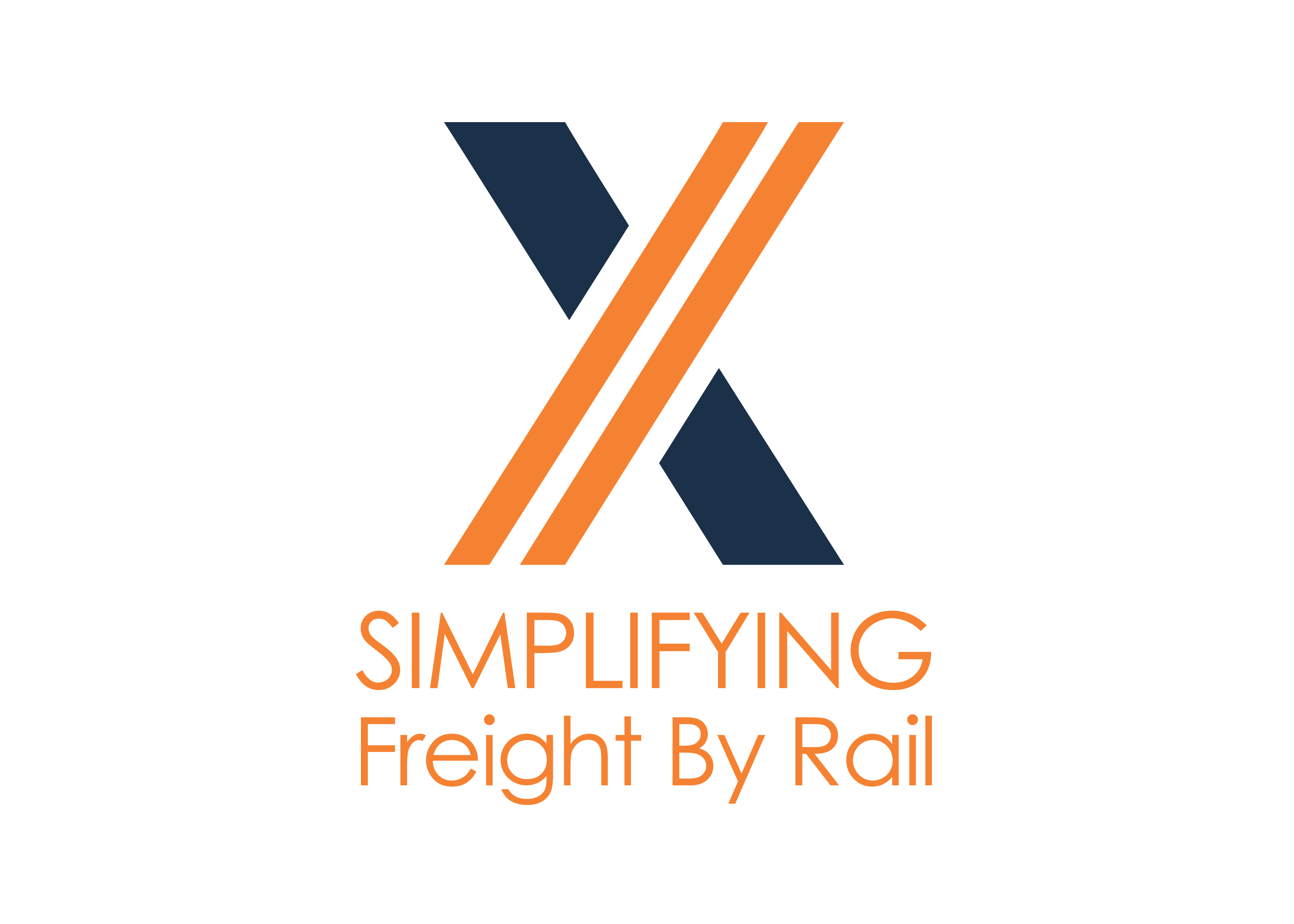Real-time tracking and monitoring play a vital role in rail logistics, offering significant benefits and enhancing the efficiency and effectiveness of transportation operations. Here's why real-time tracking and monitoring are important in rail logistics:
-
Enhanced Visibility: Real-time tracking provides instant visibility into the location and status of shipments throughout the rail transportation process. It allows shippers, logistics providers, and customers to monitor the progress of their goods in real-time. This visibility enables better planning, coordination, and decision-making, as any potential issues or delays can be identified promptly, allowing for timely interventions.
-
Improved Efficiency: Real-time tracking optimizes the efficiency of rail logistics operations. It helps in better resource allocation and utilization, allowing for proactive management of transportation schedules, equipment, and personnel. With real-time data on train locations and progress, logistics teams can make informed decisions, streamline operations, and reduce idle time and delays.
-
Increased Reliability: Real-time tracking enhances the reliability of rail logistics by enabling proactive communication and addressing potential disruptions promptly. It allows for early detection of any deviations from planned schedules, such as train delays or route changes, which can then be communicated to relevant parties for appropriate actions. This proactive approach minimizes the impact of disruptions, improves customer satisfaction, and maintains the integrity of supply chain operations.
-
Precise Delivery Estimates: Real-time tracking enables accurate and up-to-date delivery estimates for rail shipments. By monitoring the progress of trains and considering factors like traffic, weather, and operational conditions, logistics professionals can provide customers with reliable information regarding the expected arrival times of their shipments. This helps in managing customer expectations, planning downstream operations, and ensuring efficient inventory management.
-
Asset Management and Security: Real-time tracking aids in the management and security of rail assets, including rolling stock, containers, and high-value cargo. Continuously monitoring the location and status of assets helps prevent theft, loss, or unauthorized access. In case of any anomalies or security breaches, real-time tracking systems can trigger alerts, allowing for immediate response and mitigating potential risks.
-
Data Analysis and Optimization: Real-time tracking generates valuable data that can be analyzed to identify trends, patterns, and areas for improvement in rail logistics operations. By analyzing this data, logistics professionals can gain insights into operational performance, identify bottlenecks, optimize transportation routes, improve resource allocation, and enhance overall efficiency. Real-time tracking systems can also support predictive analytics and machine learning algorithms, further optimizing rail logistics operations.
In summary, real-time tracking and monitoring are crucial in rail logistics as they provide enhanced visibility, improve efficiency, increase reliability, enable precise delivery estimates, support asset management, and security, and facilitate data-driven optimization. By leveraging real-time tracking systems, rail logistics stakeholders can make informed decisions, proactively manage operations, and ensure the seamless and efficient movement of goods within the rail network.

